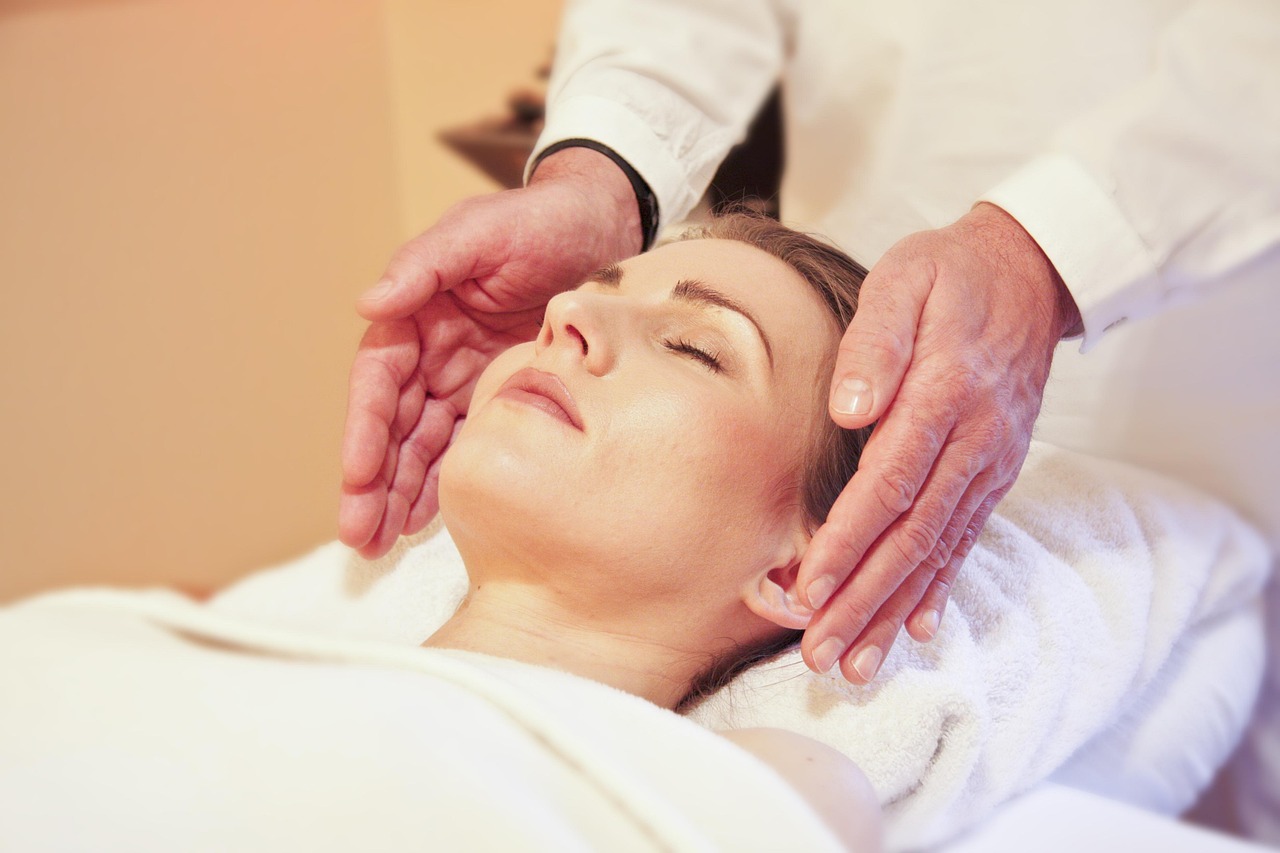Transcranial magnetic stimulation (TMS) therapy is a non-invasive treatment that uses magnetic fields to stimulate nerve cells in the brain. It is primarily used to help people with depression who have not responded well to traditional treatments like medication or psychotherapy. TMS therapy can provide relief by targeting specific brain areas involved in mood regulation without the side effects typically associated with drugs.
The procedure involves placing an electromagnetic coil against the scalp, delivering pulses that activate brain regions linked to mood and behavior. Unlike electroconvulsive therapy, TMS is generally well tolerated, requires no anesthesia, and allows patients to return to normal activities immediately after sessions.
People often turn to TMS when other options have failed, seeking an alternative that is backed by clinical research. Understanding how it works and who might benefit can help determine if TMS is a viable choice for managing mental health challenges.
Understanding TMS Therapy
TMS therapy uses magnetic pulses to target specific brain regions. It involves precise techniques and different types of stimulation based on patient needs. The following explains its definition, operation, and variations.
What Is TMS Therapy?
Transcranial Magnetic Stimulation (TMS) Therapy is a non-invasive treatment that uses magnetic fields to stimulate nerve cells in the brain. It is primarily used for patients with treatment-resistant depression and other mental health conditions.
During a treatment session, a coil placed near the scalp generates magnetic pulses. These pulses create small electrical currents that activate neurons in target areas, such as the prefrontal cortex.
TMS therapy is typically performed in outpatient settings. Treatment usually consists of daily sessions over several weeks, lasting about 20 to 40 minutes each.
How TMS Therapy Works
TMS works by altering brain activity in specific regions linked to mood regulation. The magnetic pulses induce electrical currents that modulate neuronal firing patterns.
The commonly targeted area is the left dorsolateral prefrontal cortex (DLPFC), which is involved in mood and cognitive functions. Stimulating this region can help normalize activity levels disrupted by depression.
The procedure does not require anesthesia or sedation. Patients remain awake and seated while a technician operates the device. Side effects are generally mild, such as scalp discomfort or headaches.
Types of TMS Therapy
There are several types of TMS based on pulse frequency and delivery method:
- High-frequency TMS: Delivers rapid pulses (usually 10 Hz) to increase brain activity.
- Low-frequency TMS: Uses slower pulses (usually 1 Hz) to inhibit overactive brain regions.
- Deep TMS: Employs specialized coils to reach deeper brain structures.
- Theta burst stimulation (TBS): A newer protocol delivering bursts in short trains, reducing session time.
Choice of type depends on the patient’s condition, specific brain targets, and treatment goals.
Benefits and Considerations
TMS therapy offers measurable improvements in mental health symptoms, but it involves specific considerations regarding side effects and suitability. Understanding these details can help individuals and clinicians make informed decisions about its use.
Effectiveness of TMS Therapy
TMS therapy is primarily used for treatment-resistant depression, with studies showing about 50-60% of patients experience significant symptom reduction. It can also benefit anxiety disorders and some cases of PTSD.
Improvement usually begins after several treatment sessions, typically over four to six weeks. TMS targets specific brain regions involved in mood regulation, promoting neural activity without the systemic effects of medication.
Success rates vary based on the condition treated, individual brain response, and adherence to the treatment schedule. Maintenance treatments may be necessary for sustained benefits.
Potential Side Effects
TMS is generally well tolerated, with the most common side effects being mild scalp discomfort or headaches during or after sessions. These effects are usually short-lived.
Rare but serious side effects include seizures, occurring in less than 0.1% of cases. Hearing protection is recommended during treatment due to the clicking sounds generated by the device.
Patients with metal implants in or near the head may face additional risks, requiring careful evaluation before starting TMS. There is no impact on cognitive function as seen in some other treatments.
Who Is a Candidate for TMS Therapy?
Candidates typically include adults with major depressive disorder who have not responded to multiple antidepressant medications. TMS is an option when therapy and medications have proven insufficient or produced intolerable side effects.
It is not recommended for individuals with a history of seizures, implanted medical devices close to the brain, or significant neurological conditions. Pregnant women may consider it but should consult a healthcare provider.
Before starting, patients undergo a thorough medical and psychiatric evaluation to assess suitability and tailor the treatment protocol.


Leave a Reply